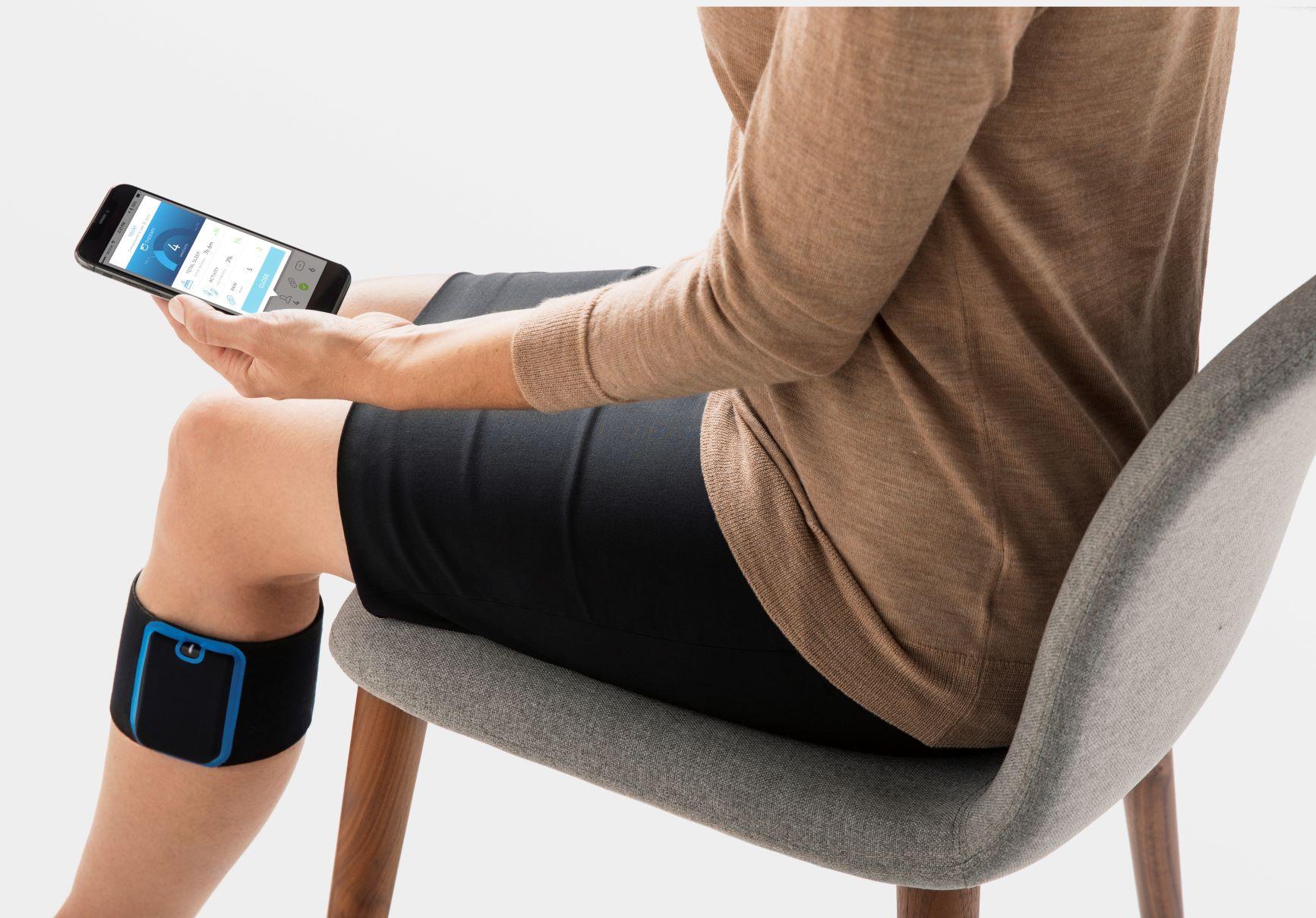Pain Management Devices Marvels: Amazing Tools for Aches and Pains

Pain is an uncomfortable sensory and emotional experience that can range from mild to severe. It is a complex, subjective phenomenon that affects individuals both physically and psychologically. Pain can be either acute, such as pain caused by an injury or surgery, or chronic, such as back pain or arthritis pain. For many patients, pain severely impacts their quality of life and activities of daily living. Thankfully, major advancements in medical technology have led to the development of innovative pain management devices that can provide relief.
Transcutaneous Electrical Nerve Stimulation Devices
One of the most widely used pain management devices is transcutaneous electrical nerve stimulation (TENS) units. TENS devices deliver mild electrical pulses to the skin and nerves to help relieve both acute and chronic pain. The electrical stimulation works by activating pain-suppressing pathways in the spinal cord and brain, preventing pain signals from reaching the brain. TENS therapy is non-invasive, drug-free, and portable. Patients can use TENS devices at home for less than an hour at a time, as needed. Common uses include treating back pain, knee pain, neck pain, headache, and arthritis pain. A 2016 study found that using a TENS unit for four weeks significantly reduced chronic pain levels and improved mobility and quality of life in patients. TENS units are inexpensive and available over-the-counter.
Spinal Cord Stimulation Devices
For patients with moderate to severe chronic pain that has not responded well to other treatments, spinal cord stimulation may provide more effective long-term relief. Spinal cord stimulators deliver mild electrical pulses to the spinal cord to interfere with pain signals being transmitted to the brain. During implantation surgery, electrodes are placed near the spinal cord and connected to a small implanted medical device called an implantable pulse generator (IPG). The IPG powers the electrical impulses while batteries inside last 3-5 years before needing replacement. Spinal cord stimulation has been shown to reduce chronic pain such as neuropathic pain and failed back surgery syndrome by more than 50% in many cases. It also decreases the amount of pain medication patients need. The therapy is reversible and adjustable if effectiveness decreases over time. The upfront costs are higher than other devices but spinal cord stimulation still provides significant long-term cost savings versus chronic pain medications alone.
Radiofrequency Ablation Devices
Radiofrequency ablation (RFA) uses heat generated from radiofrequency energy to damage targeted nerves and disrupt pain signals. It is a minimally invasive surgical procedure used to treat chronic pain conditions such as facet joint syndrome, sacroiliac joint syndrome, discogenic pain, and piriformis syndrome. During RFA, localized anesthesia is administered and a probe is guided through the skin to the nerves or joints causing pain. High-frequency alternating current is then applied, raising tissue temperatures to 90-100°C and coagulating the target area. While patients experience discomfort during the procedure, it provides pain relief for months or years in many cases. Multiple treatments may be needed for long-lasting benefit. Clinical studies show RFA reduces chronic pain between 50-80% on average with effects lasting 1-3 years. It allows some patients to reduce or discontinue pain medications. Complication risks are low but may include temporary numbness at the treatment site.
Neuromodulation Devices
Like spinal cord stimulation, peripheral nerve field stimulation and motor cortex stimulation are neuromodulation techniques that involve electrical stimulation of nerve pathways. Peripheral nerve field stimulation (PNFS) uses electrodes placed near affected peripheral nerves just under the skin. This disrupts pain signals and alleviates chronic pain in areas such as the limbs, abdomen, or face. The procedure is similar to a TENS unit implant with low risks. In motor cortex stimulation (MCS), electrodes are placed directly on the motor cortex region of the brain which processes both motor and sensory information. Studies show MCS reduces chronic pain intensity by 30-50% on average in cases of complex regional pain syndrome, stroke pain, and amputation or phantom limb pain. While neuromodulation devices require surgical implantation, they provide effective long-term pain control without the systemic side effects of medications. Risks include infections, device malfunctions, and revision surgeries over the device's lifetime.
Future Outlook
The field of pain management continues advancing rapidly with new devices on the horizon. Genetic testing may soon allow more personalized treatment selection. Non-invasive devices using focused ultrasound, electromagnetic fields, or laser energy are becoming more accurate and effective. Implantable devices may integrate closed-loop programming capabilities, automatically adjusting treatments based on changes in pain levels. Wireless technologies will allow remote monitoring and programming of devices. Artificial intelligence and machine learning applied to patient data have the potential to optimize pain therapies over time. With multidisciplinary approaches individualizing non-drug and technology-based treatments, more chronic pain patients will have access to improved functioning and quality of life. Overall, advanced pain management devices represent a major breakthrough for those suffering from both acute and chronic pain.
- Art
- Causes
- Crafts
- Dance
- Drinks
- Film
- Fitness
- Food
- Jeux
- Gardening
- Health
- Domicile
- Literature
- Music
- Networking
- Autre
- Party
- Religion
- Shopping
- Sports
- Theater
- Wellness
- IT, Cloud, Software and Technology


